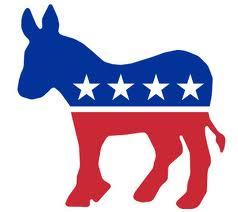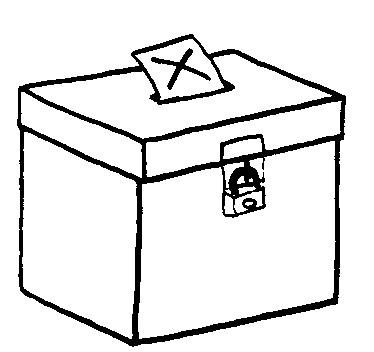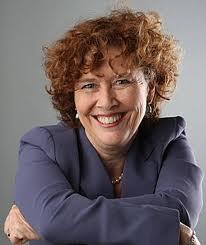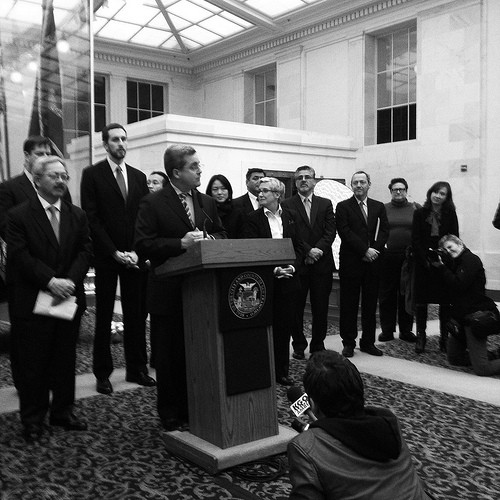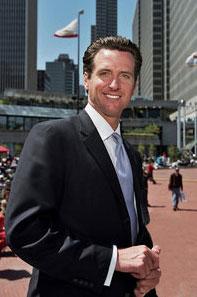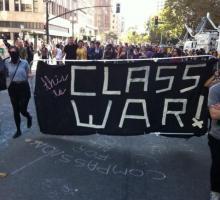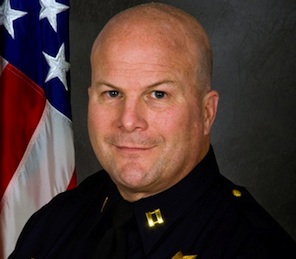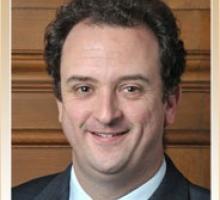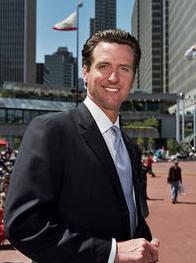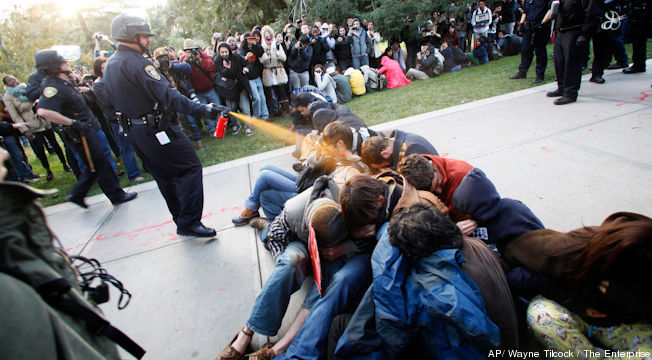Schedules are for Wed/18-Tues/24 except where noted. Director and year are given when available. Double and triple features are marked with a •. All times p.m. unless otherwise specified.
ALA COSTA CENTER 1300 Rose, Berk; missreplacosta.eventbrite.com. $15. Miss Representation (Siebel Newsom, 2011), Fri, 7. Benefits Ala Costa’s Adult Transition Program for young adults with developmental disabilities.
BALBOA 3630 Balboa, SF; www.brownpapertickets.com. $17.50-20. “Opera and Ballet at the Balboa Theatre:” Don Giovanni, from La Scala, Wed, 7:30; Caligula, from the Paris Opera Ballet, Sat-Sun, 10am.
CASTRO 429 Castro, SF; (415) 621-6120, www.castrotheatre.com. $7.50-10. •Lenny (Fosse, 1974), Wed, 2:50, 7, and American: The Bill Hicks Story (Harlock and Thomas, 2009), Wed, 4:55, 9:05. “SF Sketchfest:” “Night of the Shorts III: The Search for Schlock,” with Kevin Murphy and Bill Corbett, Thurs, 8. This event, $30; for tickets and more info, visit www.sfsketchfest.com. “Noir City X:” •Dark Passage (Daves, 1947), Fri, 7, and The House on Telegraph Hill (Wise, 1951), Fri, 9:30; •Okay, America (Garnett, 1932), Sat, 1, 4, and Afraid to Talk (Cahn, 1932), Sat, 2:40; •The Killers (Siegel, 1964), Sat, 7, with Angie Dickinson on-stage interview after the film, and Point Blank (Boorman, 1967), Sat, 9:45; •Laura (Preminger, 1944), Sun, 3, 5, 9, and Bedelia (Comfort, 1946), Sun, 7; •Gilda (Vidor, 1946), Mon, 7, and The Money Trap (Kennedy, 1965), Mon, 9:20; •Unfaithfully Yours (Sturges, 1948), Tues, 7, and The Good Humor Man (Bacon, 1950), Tues, 9:15. Advance tickets (double features, $10-15) and more info at www.noircity.com.
CHRISTOPHER B. SMITH RAFAEL FILM CENTER 1118 Fourth St, San Rafael; (415) 454-1222, www.cafilm.org. $6.75-10.25. “For Your Consideration: A Selection of Oscar Submissions from Around the World:” A Simple Life (Hui, 2011), Wed, 6:30; Patagonia (Evans, 2010), Wed, 9; Once Upon a Time in Anatolia (Ceylan, 2011), Thurs, 7:15. Hipsters (Todorovsky, 2009), Wed-Thurs, call for times.
PACIFIC FILM ARCHIVE 2575 Bancroft, Berk; (510) 642-5249, bampfa.berkeley.edu. $5.50-9.50. “Film 50: History of Film, Cinema, and the Other Arts:” “Course Introduction: The Language of Cinema,” with lecture by Marilyn Fabe, Wed, 3:10. This event, $5.50-11.50. “Henri-Georges Clouzot: The Cinema of Disenchantment:” Manon (1949), Wed, 7; Miquette and Her Mother (1949), Fri, 9; The Wages of Fear (1953), Sat, 8:10. “Austere Perfectionism: The Films of Robert Bresson:” Au hasard Balthazar (1966), Thurs, 7; Mouchette (1967), Sat, 6:30. “Howard Hawks: The Measure of Man:” Fazil (1928), Fri, 7; A Girl in Every Port (1928), Tues, 7.
ROXIE 3117 and 3125 16th St, SF; (415) 863-1087, www.roxie.com. $6.50-10. “It’s the Paul Meinberg! Show!”: Bachelor’s Daughters (Stone, 1946), Wed, 7. Battle for Brooklyn (Galinsky and Hawley, 2010), Thurs, 7, 9. Drive (Winding Refn, 2011), Wed-Thurs, 7. Everyday Sunshine: The Story of Fishbone (Anderson and Metzler, 2010), Wed-Thurs, 9.
SFFS | NEW PEOPLE CINEMA 1746 Post, SF; www.sffs.org. $10-11. “Four Samurai Classics:” Harakiri (Kobayashi, 1962), Wed, 1:30, 6; Yojimbo (Kurosawa, 1961), Wed, 4:15, 9:15; Sanjuro (Kurosawa, 1962), Thurs, 2:45, 8:45; Seven Samurai (Kurosawa, 1954), Thurs, 5. Fullmetal Alchemist: The Sacred Star of Milos (Murata, 2011), Jan 20-26, 2, 4:30, 7, 9:15.
VICTORIA THEATER 2961 16th St, SF; www.start-somewhere.com. $10-20. Miss Representation (Siebel Newsom, 2011), Tues, 6. Benefits StartOut’s new Lesbian Entrepreneurship mentoring program.
YERBA BUENA CENTER FOR THE ARTS 701 Mission, SF; (415) 978-2787, www.ybca.org. $6-8. Red Desert (Antonioni, 1964), Thurs and Sat, 7:30; Sun, 2.

